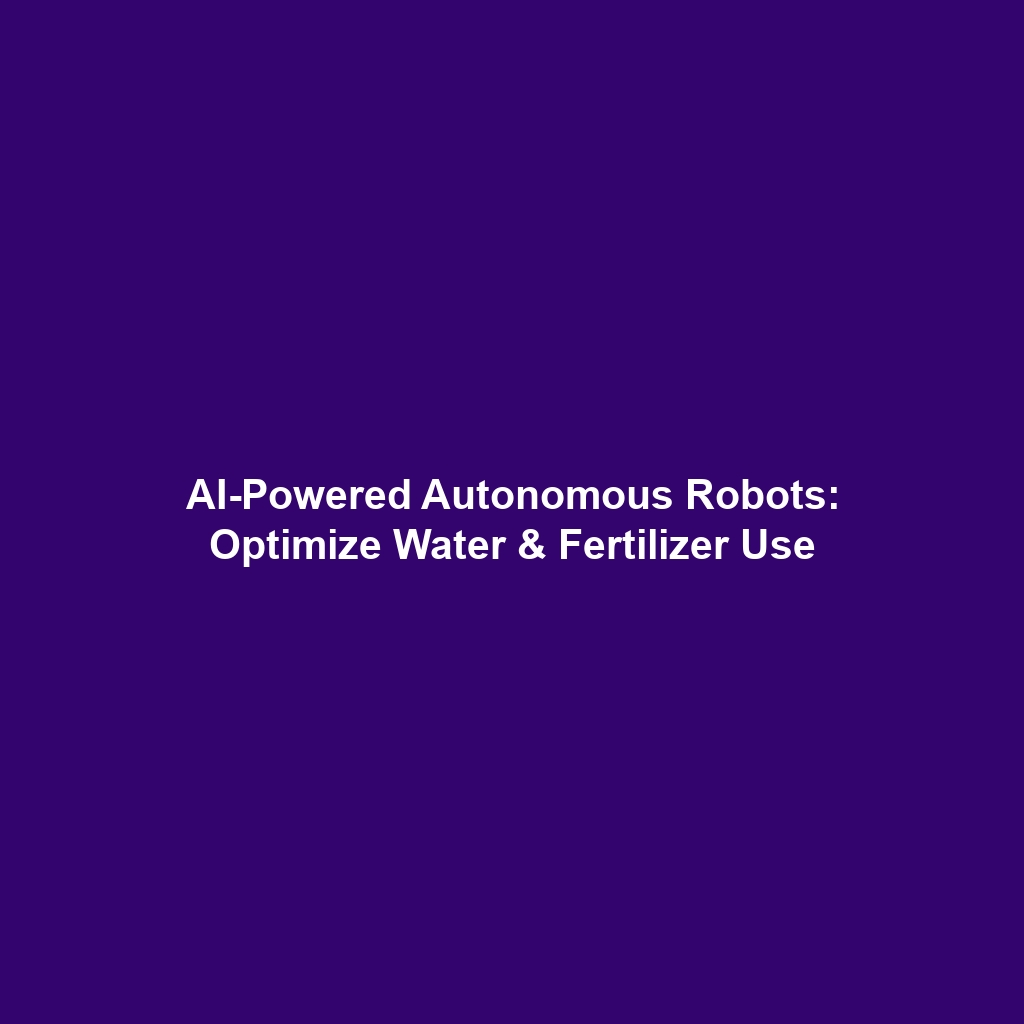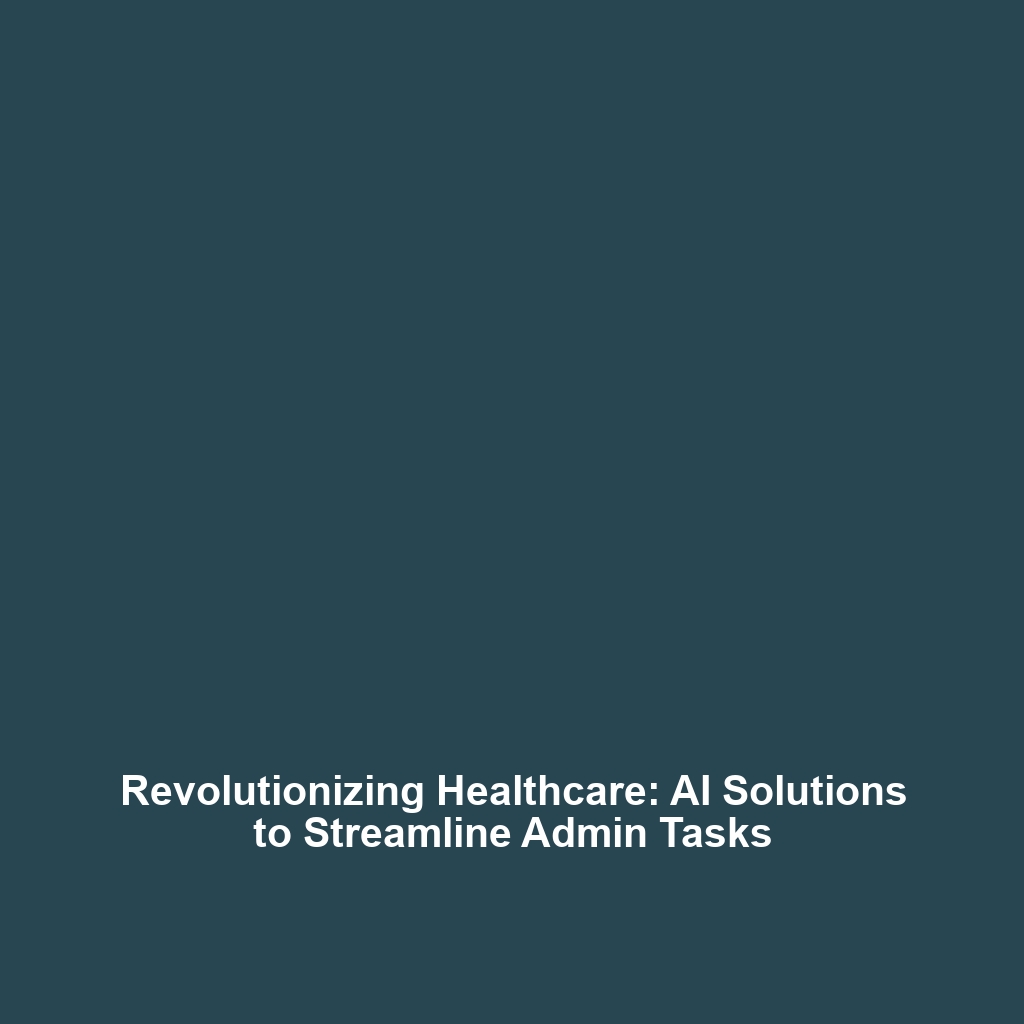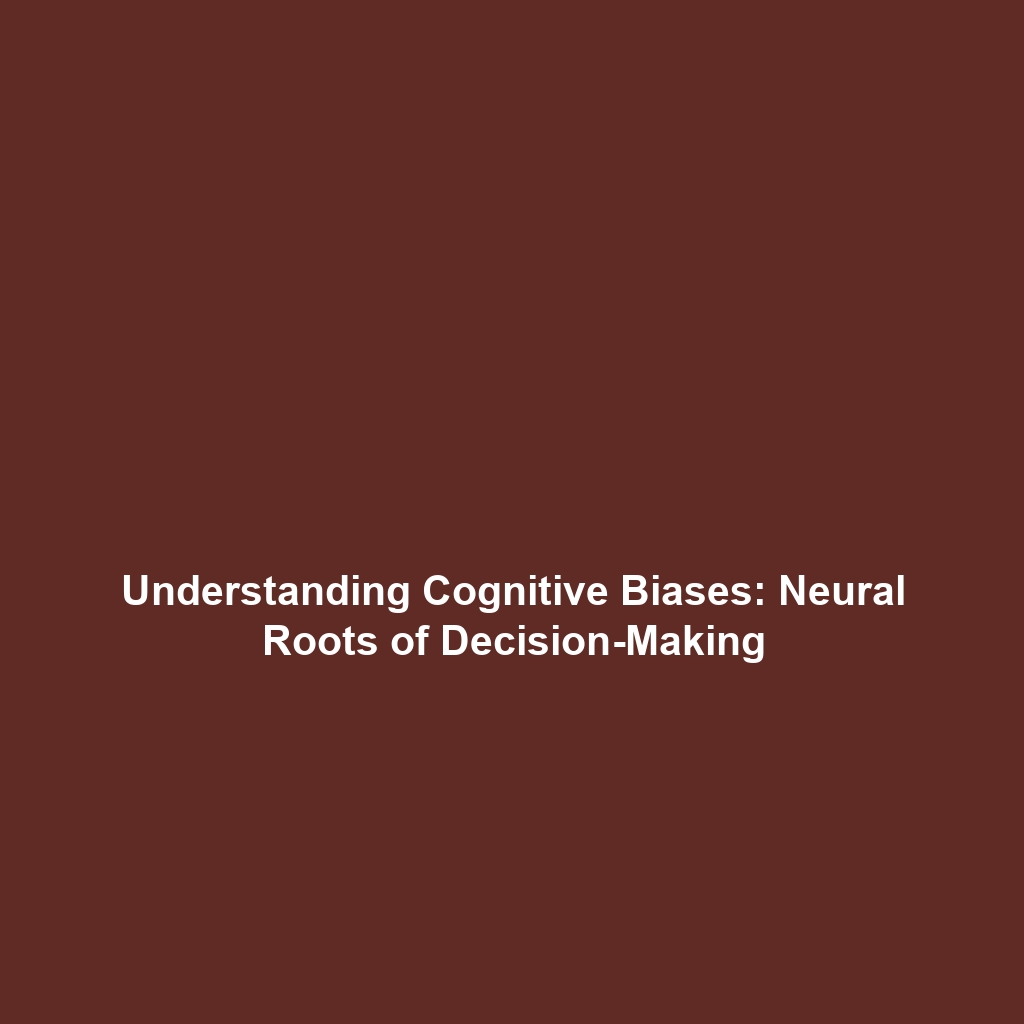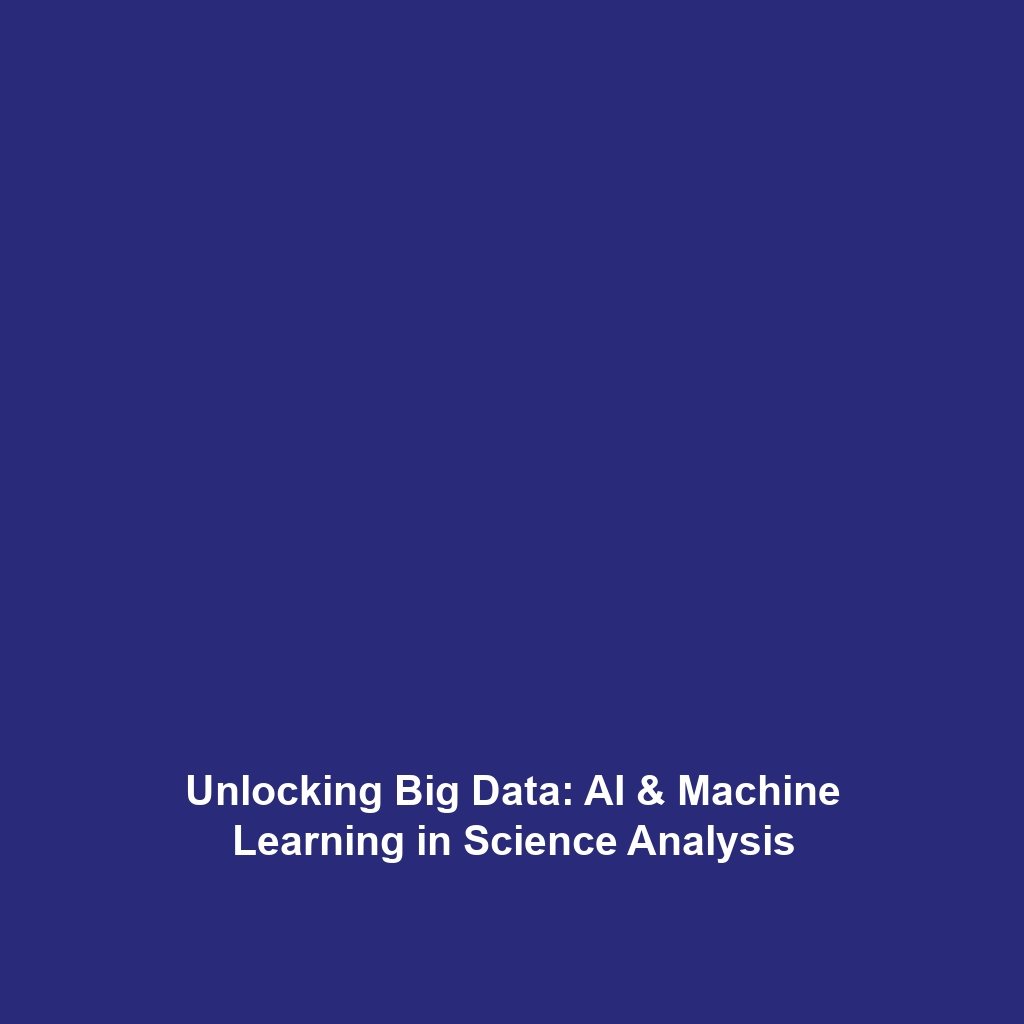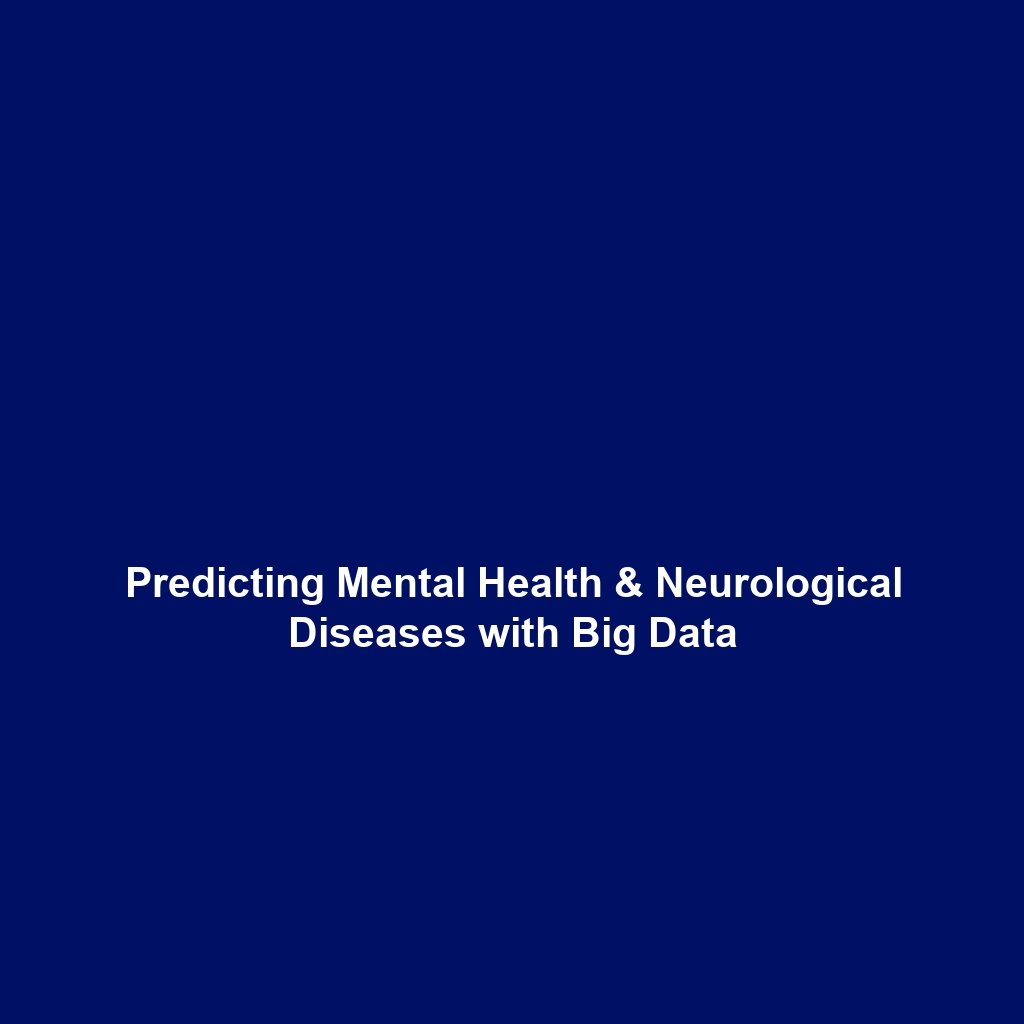AI-Driven Decision-Making for Efficient Use of Water, Fertilizers, and Pesticides in Autonomous Robots
Artificial Intelligence (AI) has become a transformative force in the realm of agriculture, particularly in optimizing resource utilization. AI-driven decision-making systems are revolutionizing the efficient use of water, fertilizers, and pesticides, enhancing the capabilities of autonomous robots. These innovations are crucial in addressing the growing challenges of sustainable farming and environmental conservation, making the integration of AI into autonomous technologies more significant than ever.
Key Concepts in AI-Driven Decision-Making
Understanding the principles of AI-driven decision-making is essential for applying them effectively in agricultural practices. Here are the core concepts:
1. Machine Learning Algorithms
Machine learning enables robots to process vast datasets, learning from historical trends and real-time data to make informed decisions about resource allocation.
2. Predictive Analytics
These systems predict future conditions, such as weather patterns, soil moisture levels, and pest infestations, allowing for proactive rather than reactive approaches to resource use.
3. Sensor Technology
Advanced sensors gather critical information on soil health, crop status, and environmental conditions, powering AI systems to optimize water and fertilizer distribution.
Applications and Real-World Uses
AI-driven decision-making has several practical applications in agriculture, particularly within the context of autonomous robots:
- Autonomous Irrigation Systems: Robots equipped with AI make precise irrigation decisions, ensuring optimal water usage based on real-time data, minimizing waste.
- Precision Agriculture: AI algorithms guide autonomous machines to apply fertilizers and pesticides only when necessary, reducing chemical usage and enhancing crop yield.
- Pest Detection and Management: Autonomous robots utilize AI to detect pests early, allowing for targeted interventions and reducing the overall reliance on pesticides.
Current Challenges
While promising, AI-driven decision-making in autonomous robots faces several challenges:
- Data Privacy Concerns: The collection and usage of agricultural data raise serious privacy and security issues for farmers.
- Integration with Existing Systems: Merging new AI technologies with traditional farming practices can be complex and resistant to change.
- Cost of Implementation: High initial costs for AI systems can be prohibitive for small-scale farmers.
Future Research and Innovations
The future of AI-driven decision-making in autonomous robots looks promising, with several innovations on the horizon:
- Advanced Robotics: Development of next-generation robots with enhanced autonomy and AI capabilities for more complex tasks.
- Improved AI Algorithms: Innovations in AI will lead to more accurate predictive models and smarter decision-making processes.
- Integration with IoT: Seamless connection with Internet of Things (IoT) devices will provide more comprehensive data to optimize farming practices further.
Conclusion
AI-driven decision-making represents a significant advancement in the efficient use of water, fertilizers, and pesticides, particularly in the field of autonomous robots. These technologies not only promise enhanced agricultural productivity but also contribute to sustainable farming practices. As research continues and challenges are addressed, the potential for AI-driven solutions in agriculture is vast. For more insights into autonomous technologies and their applications, explore our related articles on sustainable agriculture and robotic farming technologies.
